Soviet-Union {Dot Com}
The Soviet Union (1922-1991) was a socialist state led by the Communist Party, with Moscow as its capital. The Union of Soviet Socialist Republics (USSR) dissolved in 1991, leading to the independence of its 15 republics and the end of the Cold War.
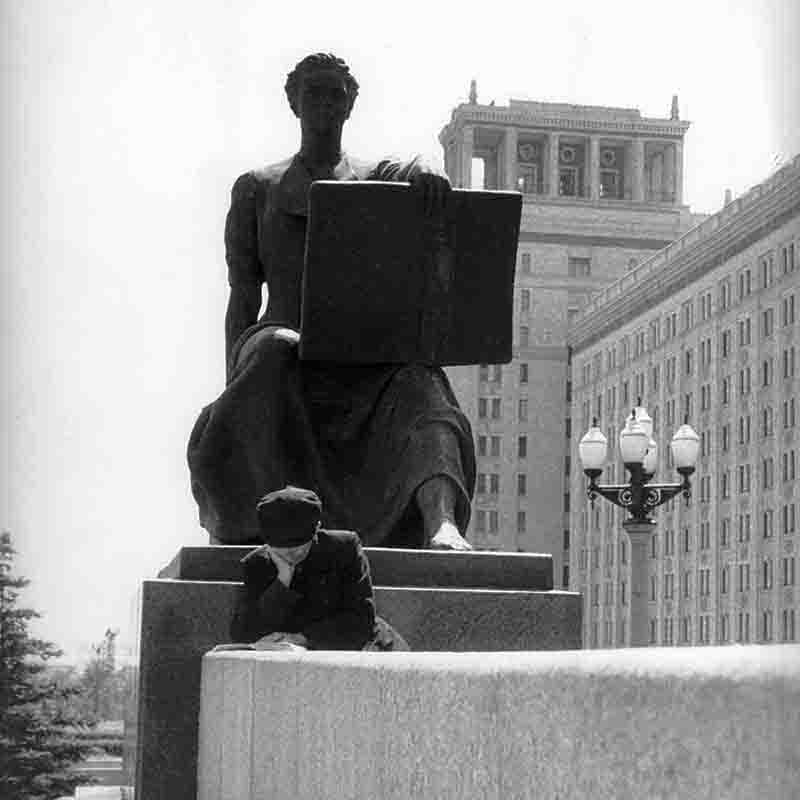
Understanding the Soviet Union
For nearly seven decades, the Soviet Union was a central player in global affairs, influencing the course of history through its policies, ideology, and actions.
While the CCCP (Soyuz Sovetskikh Sotsialisticheskikh Respublik) ultimately failed to achieve its goals and collapsed under the weight of its contradictions, its legacy continues to shape the world we live in today.
Academic books and in-depth treatises on the Soviet Union fill entire archives and libraries.
Societies and institutes, insightful lectures and analytical newspaper articles have dealt with the subject in varying degrees of detail, often accompanied by a dash of Russophobia and political manipulation.
The Soviet Union left behind a monumental legacy with its state-sponsored art, Socialist Realism.
The sculptures of the Soviet Union, with their large dimensions, heroic figures and idealised depictions of Soviet life, reflect not only propaganda and political control, but also the aspirations and ideals of the Soviet people.
After Stalin's death in 1953, photographers from the West were able to photograph the Soviet Union for the first time.
And yet the country remained largely unknown even to objective Western observers.
There is a considerable gap between the propaganda and the distorting counter-propaganda.
The portrayal of the Soviet people in the West is characterized by profound individual knowledge and curiosity, but also by an astonishing degree of ignorance.
A people with all their feelings, longings, joys and sufferings, hopes and expectations are all reduced to the silhouette of incomprehension.
Ignorance, however, seems sinister and reckless. Where this hostility comes from is well known.
One of the main reasons is the Soviet Union's enforced isolation from the rest of the world, which lasted for decades.
Other reasons include the xenophobia towards Russia which emerged during the Tsarist era due to geopolitical fears and uncertainties, particularly on the part of the British and Austro-Hungarian empires.
When the “Iron Curtain” gradually opened in 1991 after the collapse of the Soviet Union, light fell on the eastern stage.
This enabled us to appreciate situations and characters, backdrops and backgrounds through a focused and candid perspective.
Now that the curtain is sadly closing once again, it is particularly important to build bridges between people in the East and the West.
The goal and message of Soviet-Union {dot} com is to participate in shaping and maintaining good connections by promoting culture, knowledge, compassion and peace.
A Glimpse into the Soviet Era
At a time of intense political tension between the East and West, Bock-Schroeder made history as the first West German photojournalist to be granted permission to work in the Soviet Union. 📷
Soviet Union: FAQ
The USSR: Unseen
Exclusive Photo Archive
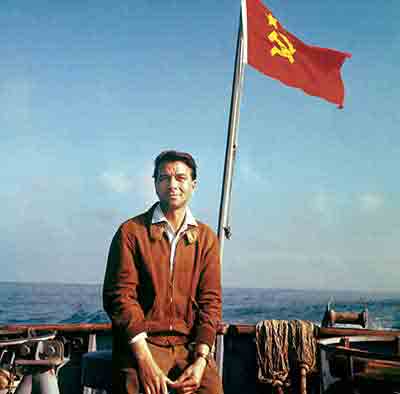
Exclusive USSR Photos
In 1956, Peter Bock-Schroeder (1913-2001) was the first West-Geman photographer to be permitted to work in the USSR.
PBS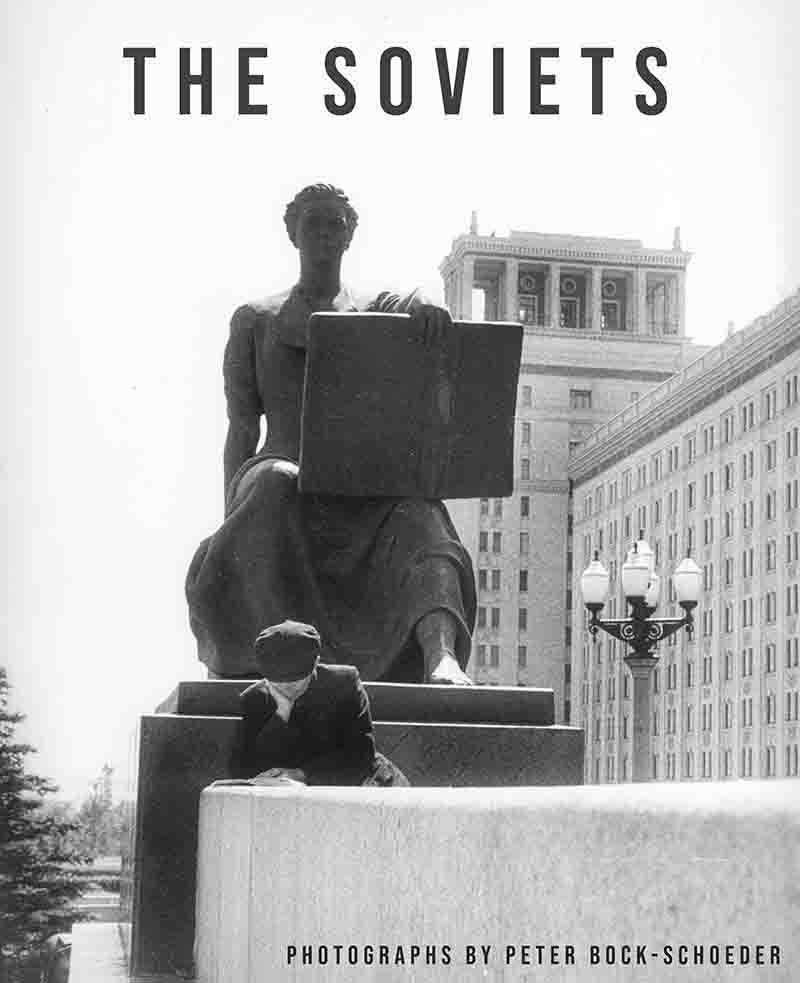
The sequence of 89 pictures in the exclusive fine art photography volume "The Soviets" builds on contextual, thematic, compositional, and factual aspects.
The book connects extraordinary photographs by the very first West German photojournalist permitted to work in the former USSR, following the Second World War.
A first limited edition of the publication is scheduled to be released in Spring 2026.
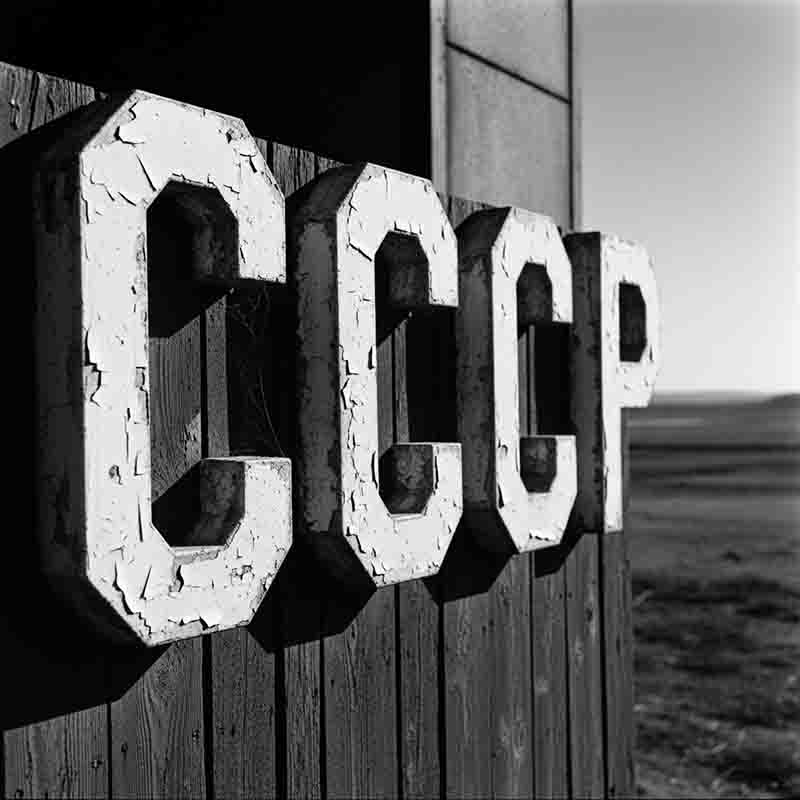
The abbreviation was widely used on official documents, currency, and state symbols of the Soviet Union.
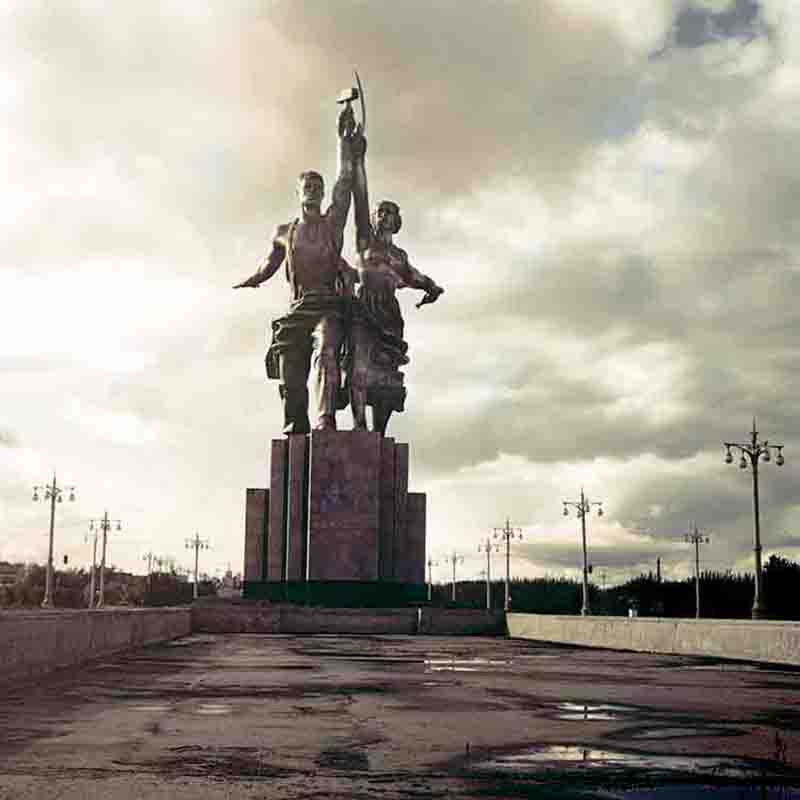
The iconic sculpture "Worker and Kolkhoz Woman", created by Vera Mukhina for the 1937 World's Fair in Paris.
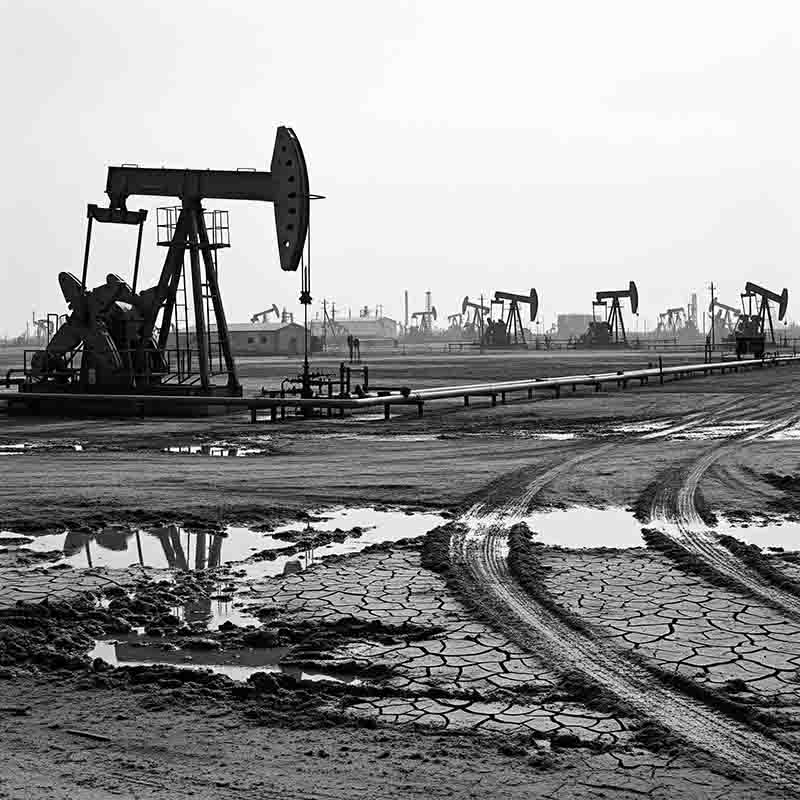
Located on the Absheron Peninsula, the area's rich oil and gas deposits have profoundly shaped local and world history, attracting explorers, entrepreneurs, and empires alike.
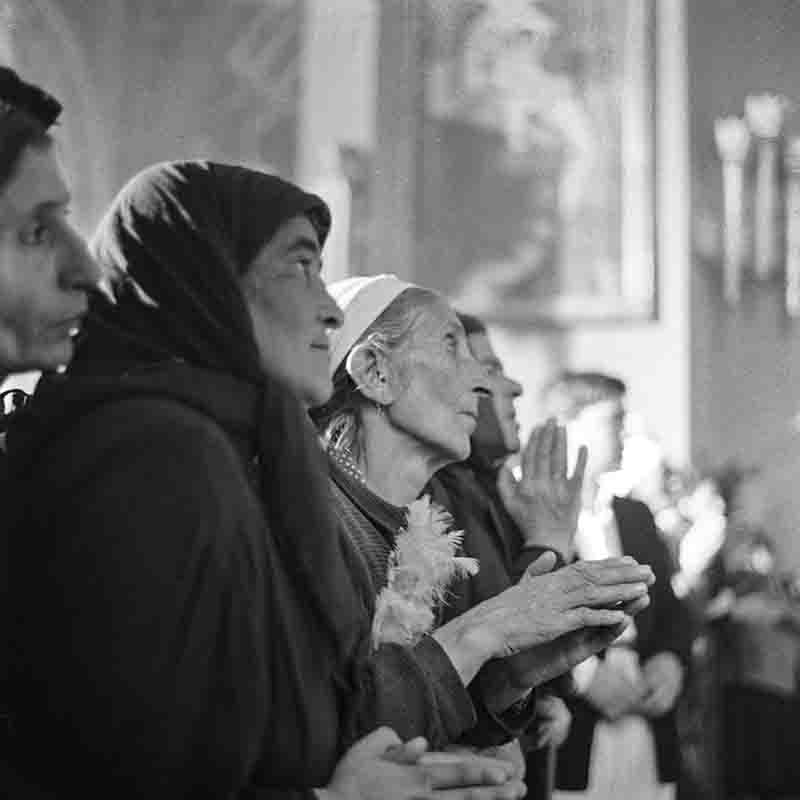
Throughout the post-war Soviet period, the Church continued to exist under state supervision.